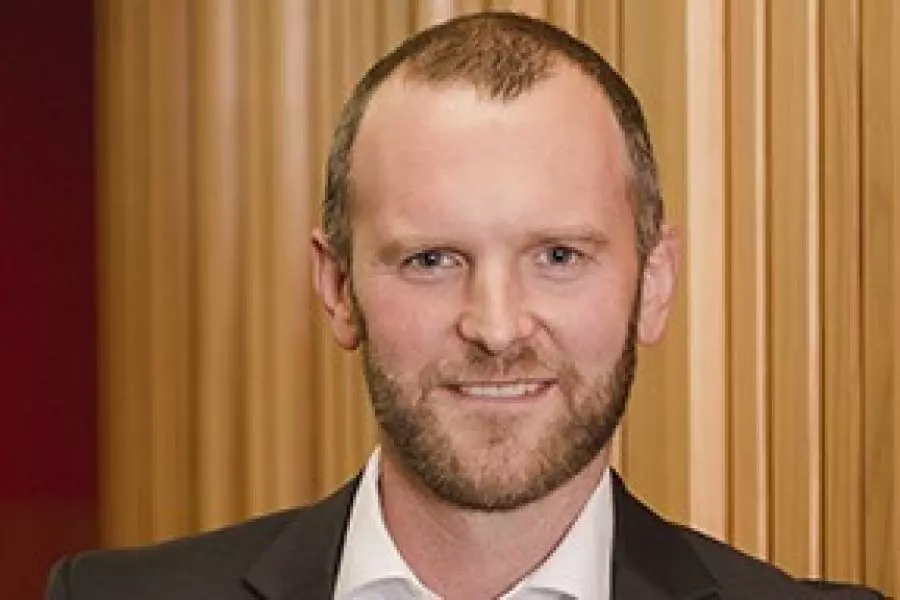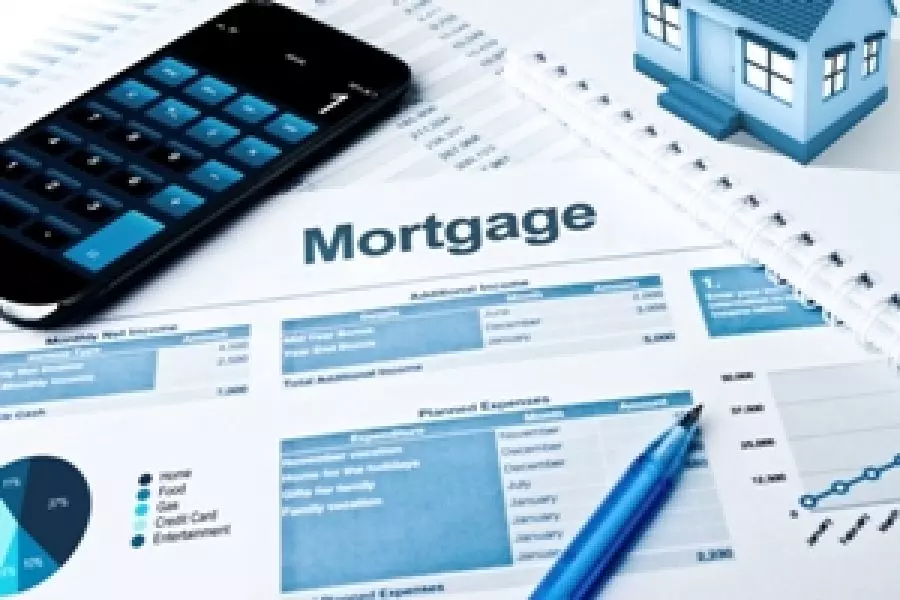
News
Investor mortgage lending waning

Thursday 12th of August 2021
CoreLogic says it is interesting as the Reserve Bank has declined to look at any restrictions on this type of lending.
“One implication could be investor demand for property has eased, perhaps as they react to the phased removal of interest deductibility and instead raise their equity levels as quickly as possible by repaying some mortgage principal,” says Kelvin Davidson, C...
Want to read the full article?
Click the button below to subscribe and will have unlimited access to full article and all other articles on the site.





![[The Wrap] Bye Bye Bayly](https://goodreturns.publit.io/file/c_fill,w_900,h_600/39f23ac1-f7c7-4854-b700-a150004ebbac.webp)


